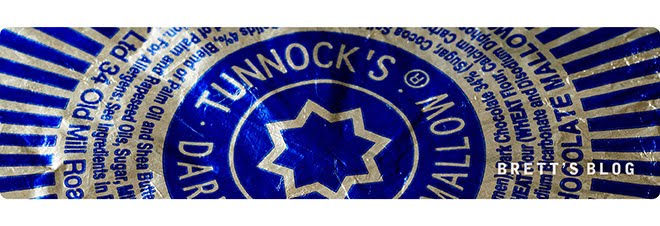Wired reports: [edited]
Research on robots has been hamstrung by extravagant costs — the popular research robot PR2, a pair of arms not dissimilar from Blue, will set a lab back $400,000. Blue’s reliance on 3D-printed components puts its price tag much lower, at just $3,000 in materials per arm, and the goal is to get the total cost, with manufacturing at scale, to $5,000 per arm.
Historically, if you wanted to operate a robot arm, you had to keep humans far, far away, lest the machine fling them across the room. That’s why industrial robots have been kept in cages. But robots have been getting a lot better at sensing their world, in particular reacting to human contact by stopping before they hurt us. This has led to a boom in collaborative robotics, where humans work right alongside machines.
Blue, on the other hand, isn’t particularly sensitive to human touch. The arms give way a bit instead of shutting down. This is because the robot’s relatively cheap motors are 'backdrivable', meaning a human can grab the arms and move them around even when the machine is powered off.
“This robot is designed on the assumption that in the future, robots will be controlled much more intelligently by AI systems that use visual and force feedback, much like how humans control their own arms,” says UC Berkeley's Pieter Abbeel, a robotics researcher who's overseeing the project.
Say you want Blue to learn to fold a towel. For a sensitive collaborative robot, that is a tough task, because bumping into the surface of the table might trigger it to stop. But Blue can put force on the table when reaching for the towel without freaking out.
------------
Wednesday, April 17, 2019
Wednesday, April 10, 2019
Free Font – Simplifica
Wednesday, April 03, 2019
X-ray Records
NPR reports: [edited]
Western music may have been changing the world in the 1950s, but if you happened to be in Russia you were out of luck. State censorship was in full effect in the Soviet Union, and purchasing a western recording was close to impossible. But a few industrious music fans invented a way.
Stephen Coates, the leader of a British band called The Real Tuesday Weld, happened on this secret history by accident. Several years ago on a tour stop in St. Petersburg, he was strolling through a flea market when a strange item caught his eye.
"I thought, is that a record? Or is it an X-ray? I picked it up, and it seemed to be both," he recounts. "I brought it back to London, and I was fascinated by it. So I started to dig, and that has led me on a very strange journey."
Coates is now an obsessive of what is nicknamed 'bone music' — makeshift LPs etched into used X-rays, providing a disguise for their contraband contents. He's collected his findings in a new book, X-Ray Audio: The Strange Story of Soviet Music on the Bone.
According to Stephen, around 1946 the Second World War was over and a guy retunred to the Soviet Union with a war trophy, a recording lathe. It's like a gramophone in reverse, which you can use to write the grooves of music onto plastic. People who came into his shop observed what he was doing, and made their own machines.
They would start off with a regular X-ray, put a plate on it, draw around it with a pen and cut it out.
------------
Western music may have been changing the world in the 1950s, but if you happened to be in Russia you were out of luck. State censorship was in full effect in the Soviet Union, and purchasing a western recording was close to impossible. But a few industrious music fans invented a way.
Stephen Coates, the leader of a British band called The Real Tuesday Weld, happened on this secret history by accident. Several years ago on a tour stop in St. Petersburg, he was strolling through a flea market when a strange item caught his eye.
"I thought, is that a record? Or is it an X-ray? I picked it up, and it seemed to be both," he recounts. "I brought it back to London, and I was fascinated by it. So I started to dig, and that has led me on a very strange journey."
Coates is now an obsessive of what is nicknamed 'bone music' — makeshift LPs etched into used X-rays, providing a disguise for their contraband contents. He's collected his findings in a new book, X-Ray Audio: The Strange Story of Soviet Music on the Bone.
According to Stephen, around 1946 the Second World War was over and a guy retunred to the Soviet Union with a war trophy, a recording lathe. It's like a gramophone in reverse, which you can use to write the grooves of music onto plastic. People who came into his shop observed what he was doing, and made their own machines.
They would start off with a regular X-ray, put a plate on it, draw around it with a pen and cut it out.
------------
Subscribe to:
Posts (Atom)




